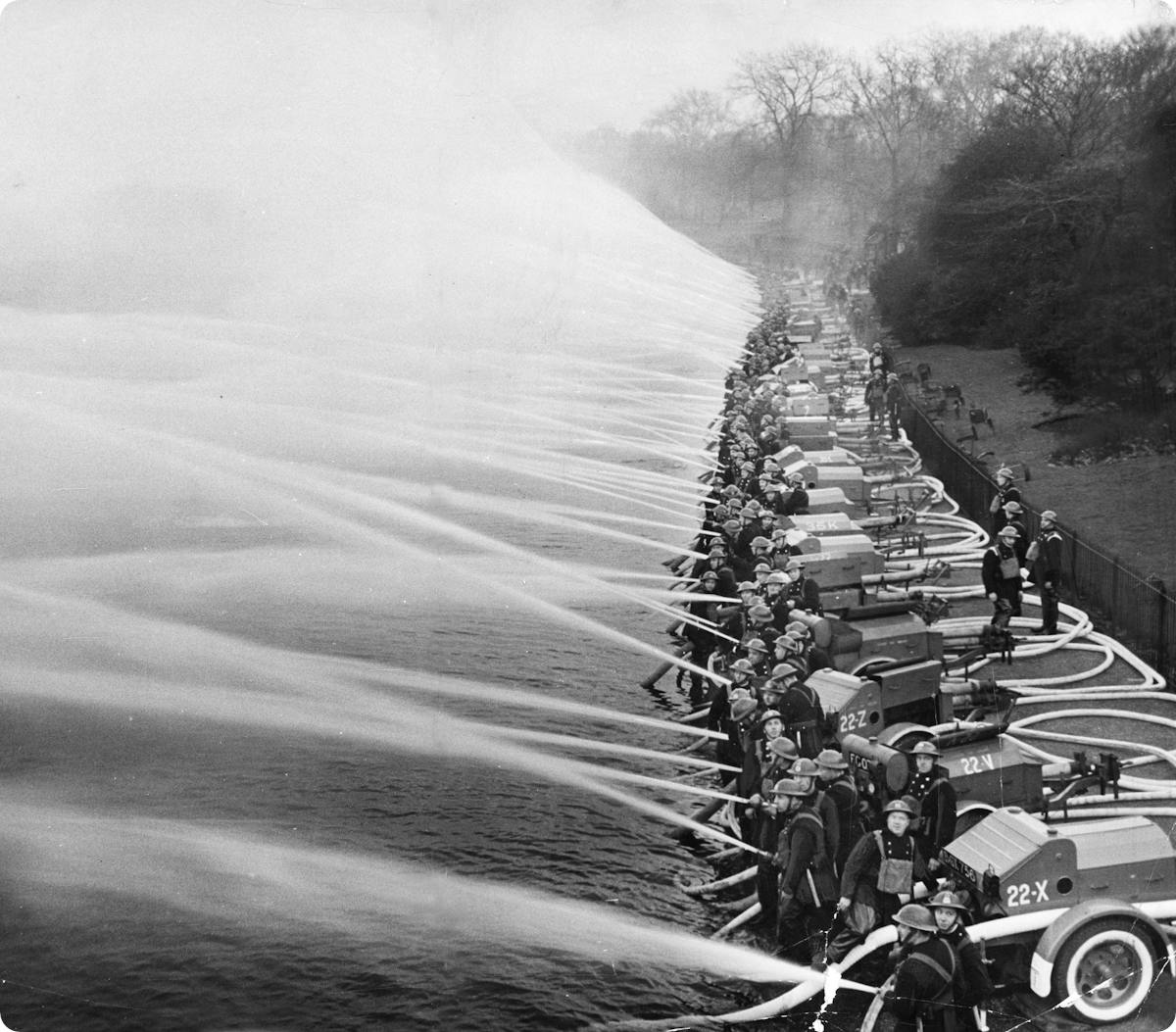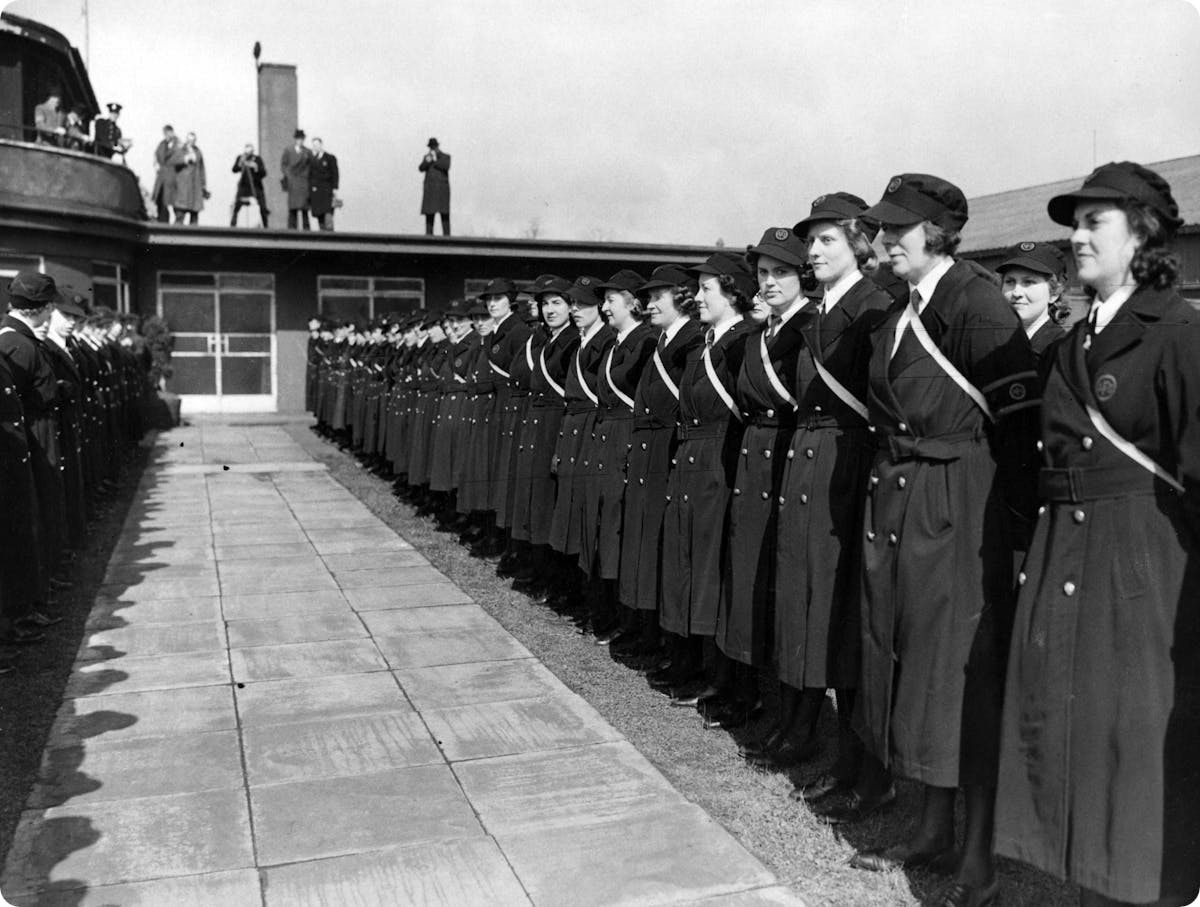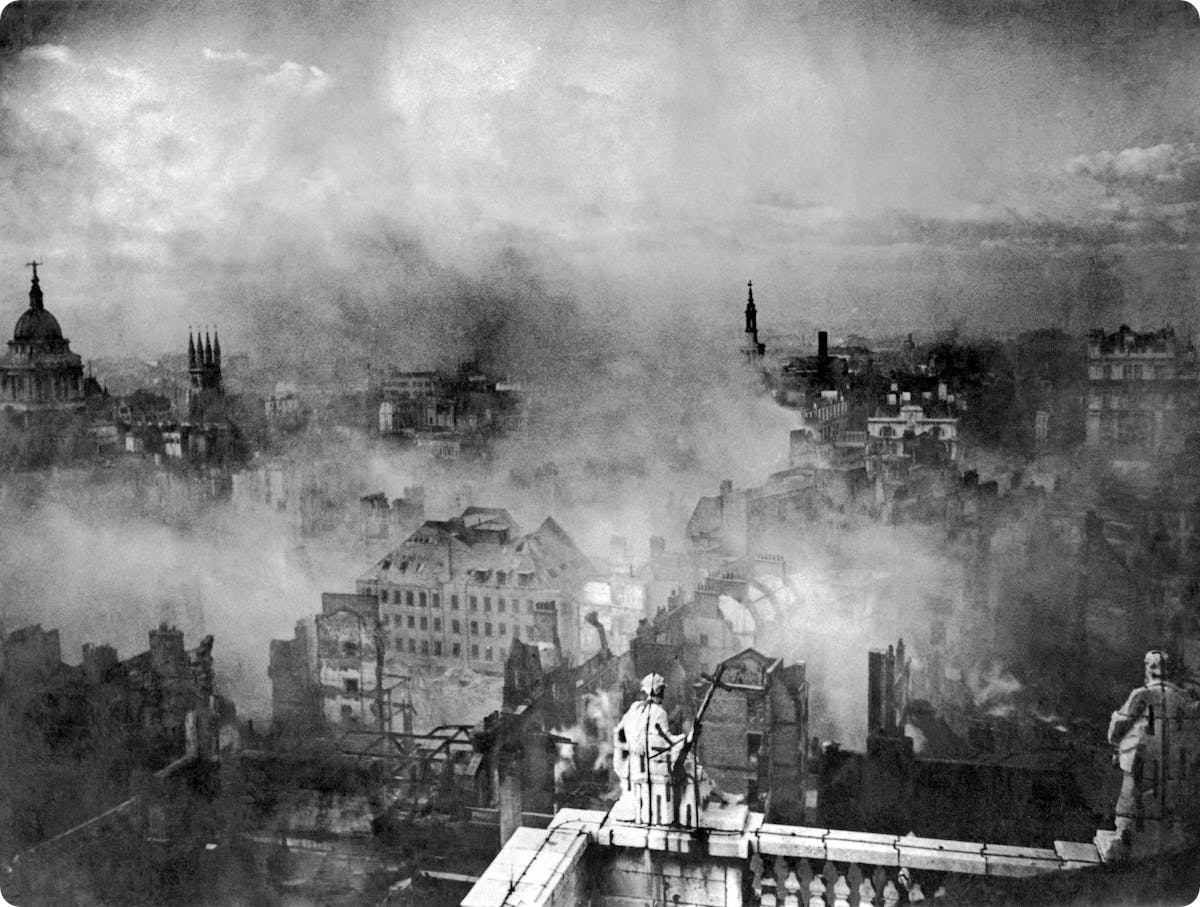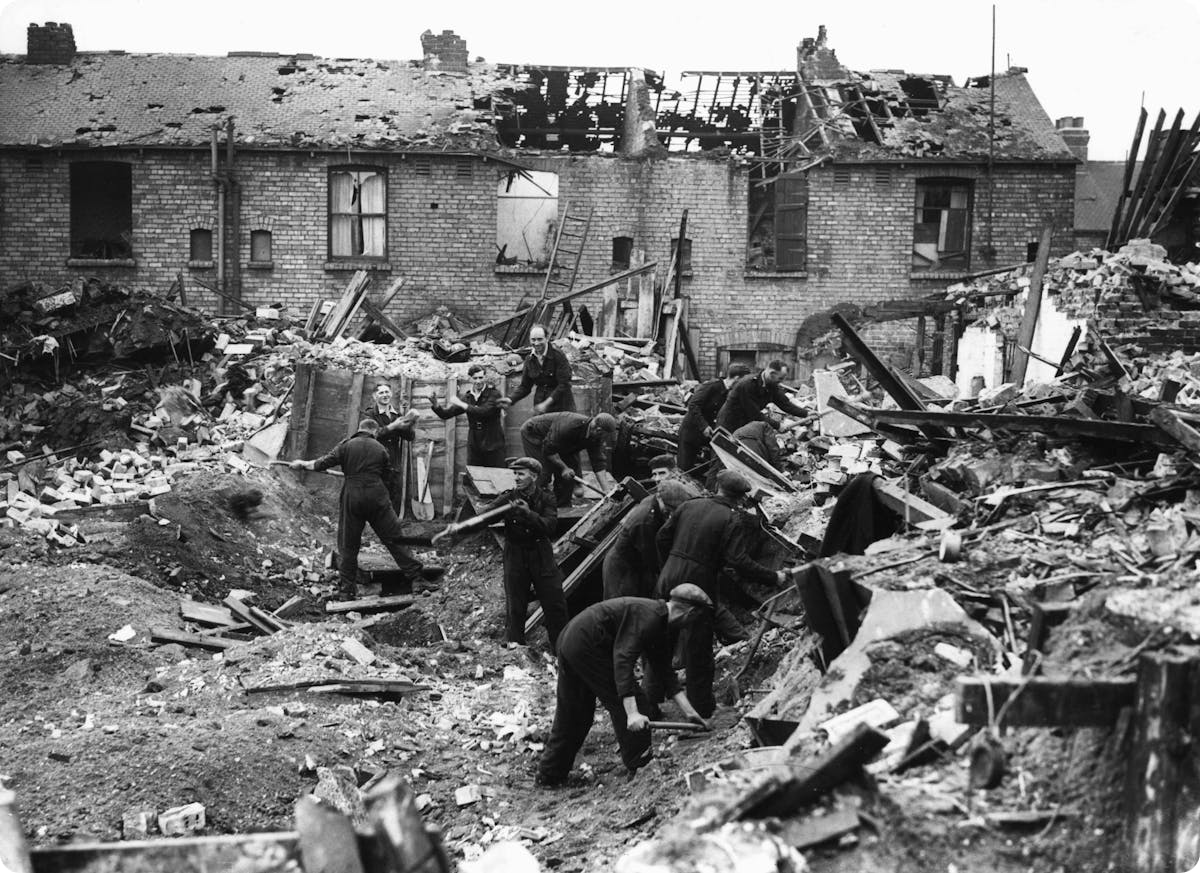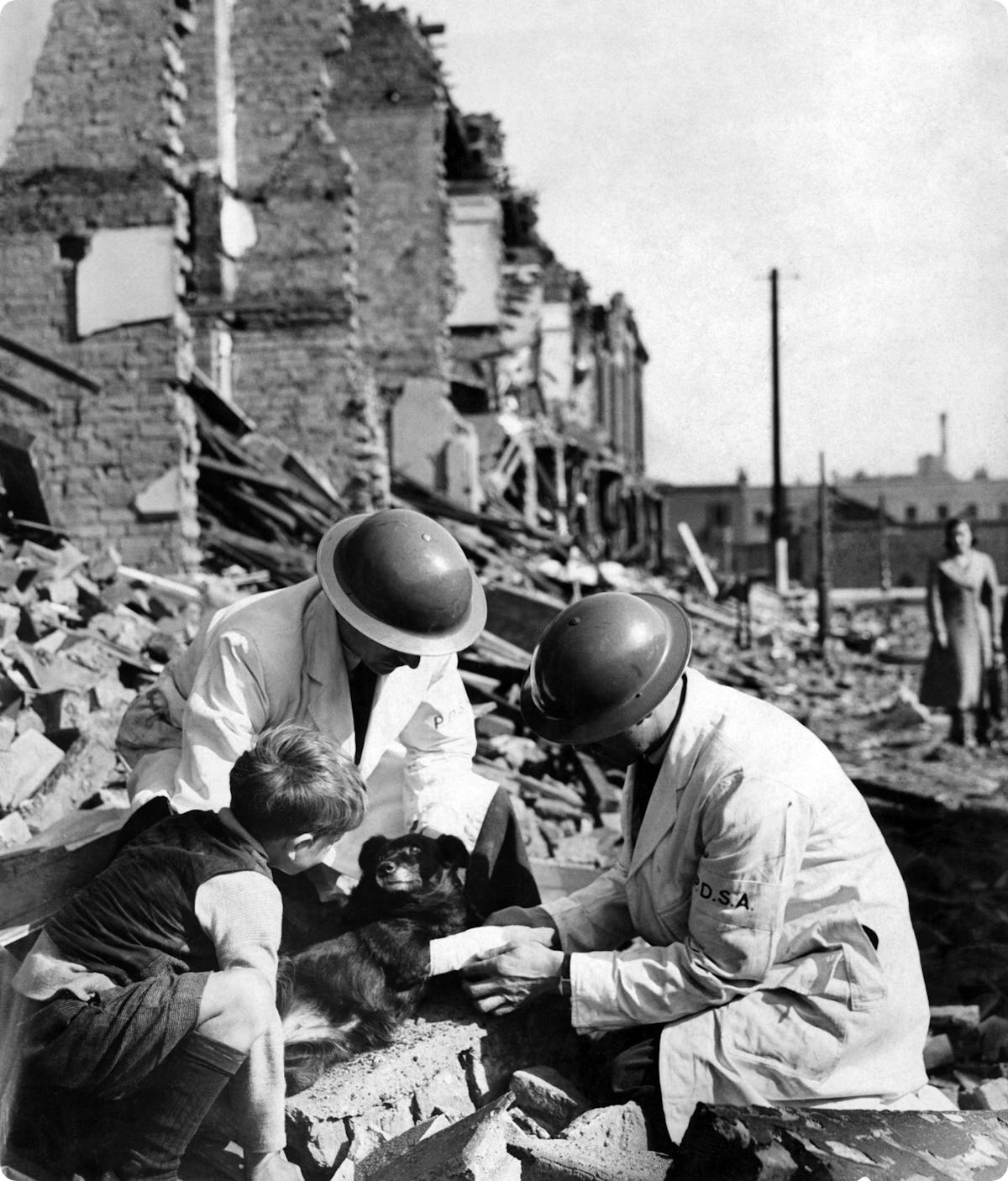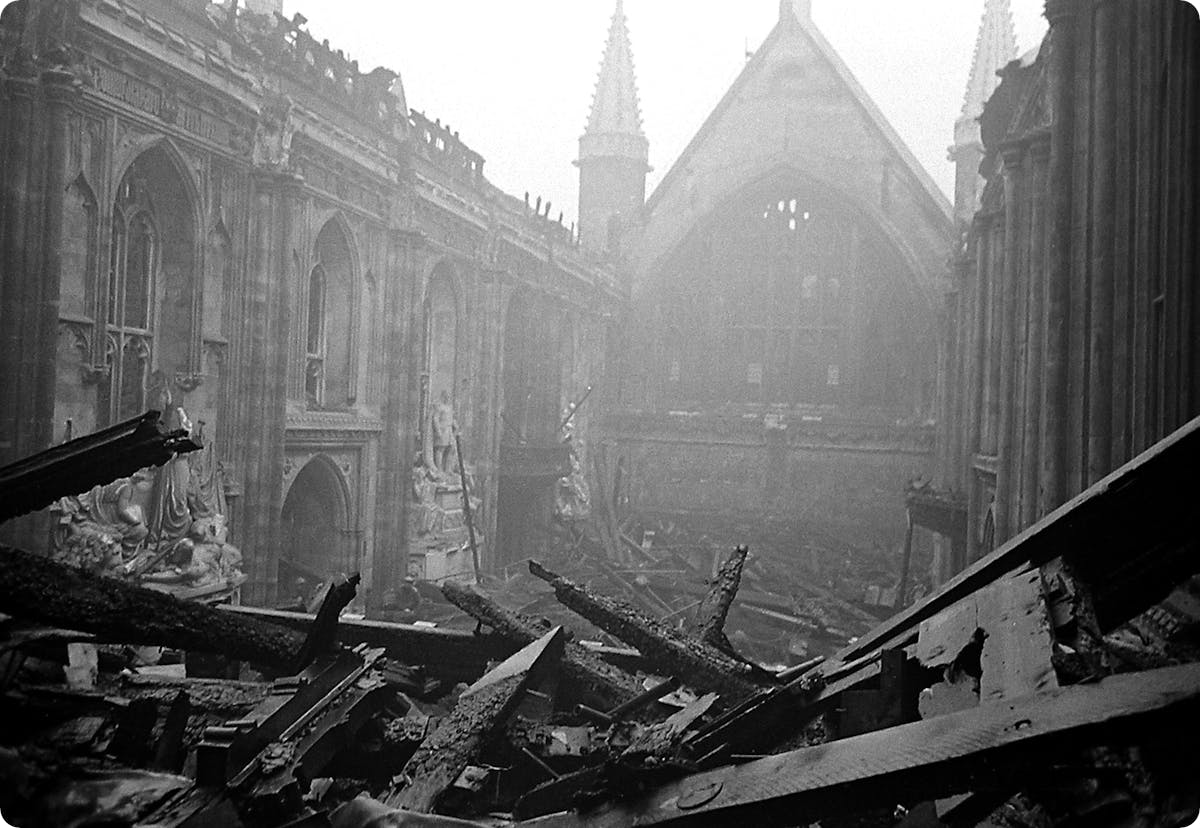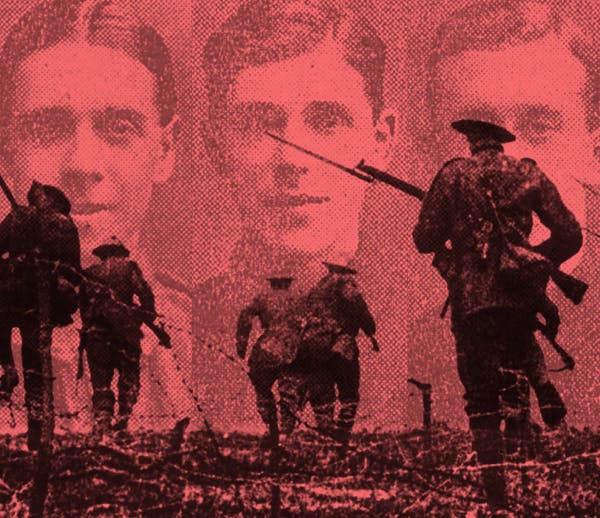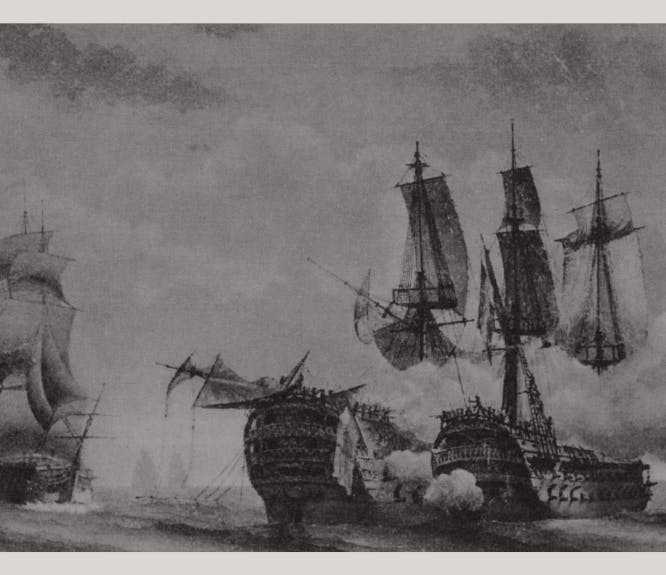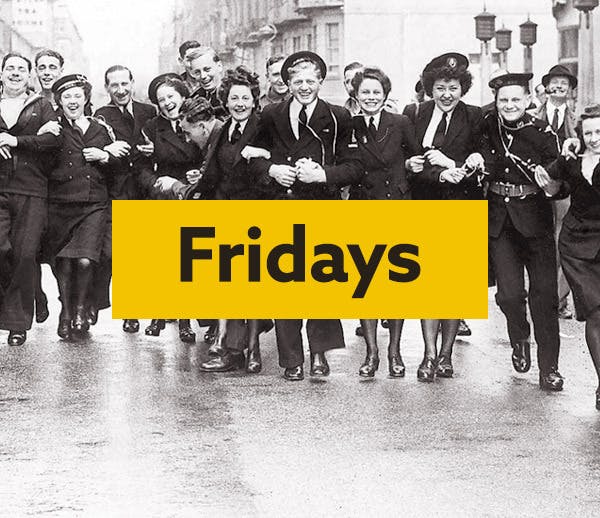The Auxiliary Fire Service: Brave heroes of the home front
5-6 minute read
By Daisy Goddard | March 27, 2025
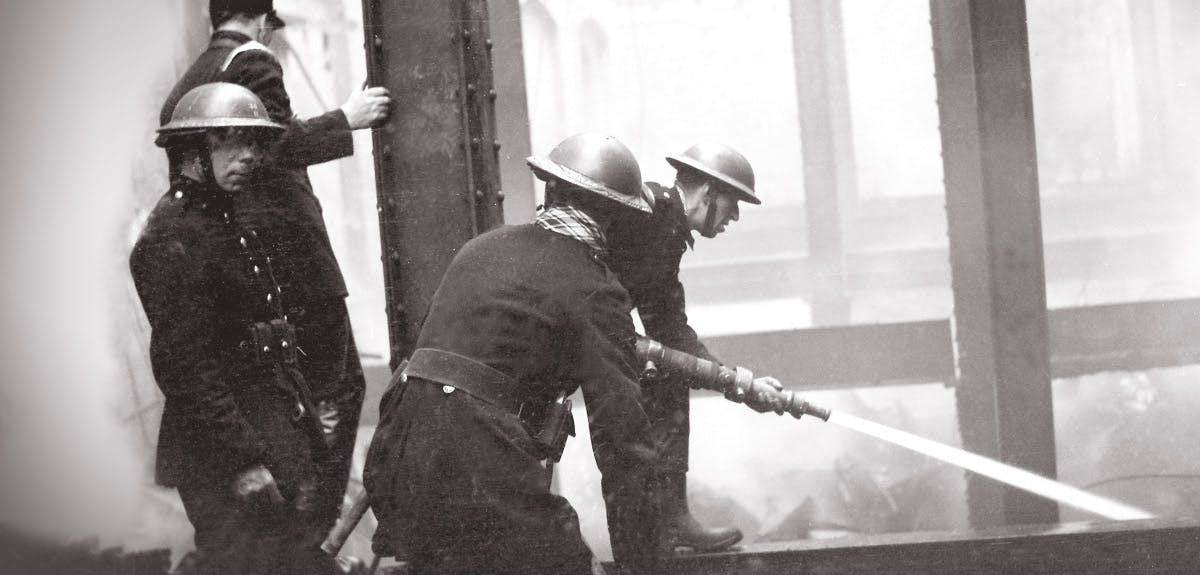
Your ancestor's 1939 Register entry may reveal that they were part of the force of firefighters that kept the nation safe during the Blitz - discover the heroic story of the Auxiliary Fire Service.
Amidst the deafening roar of bombs, the wail of air raid sirens rang out through the night. Fires erupted across Britain's cities, turning well-trodden streets into dangerous infernos. While soldiers fought on distant battlefields, another group of heroes waged a war of their very own - a mission to protect civilians from German attacks on the home front.
These unsung heroes belonged to the Auxiliary Fire Service (AFS). Battling smoke and exhaustion, they put out fires in streets that had been reduced to rubble, saving homes and lives.
Find your family, home and town in the 1939 Register
Delve deeper into life on the home front in wartime Britain
With every incendiary bomb they extinguished, they kept hope alive in a nation under siege. Theirs is a story of courage, resilience, and an unbreakable commitment to duty. From their daily responsibilities to the recognition they received, here's everything you need to know about the brave men and women of the Auxiliary Fire Service.
When was the Auxiliary Fire Service formed?
In the late 1930s, as tensions in Europe escalated, the British government took proactive measures to fortify the nation's civil defence capabilities. Recognising the potential threat of aerial bombings, they established the Auxiliary Fire Service in 1938. This move aimed to bolster the existing fire brigades, ensuring that communities across the country could respond effectively to the looming crisis.
The establishment of the AFS was a monumental undertaking. The British government, in collaboration with local authorities such as the London County Council and the Metropolitan Fire Brigade, embarked on a nationwide recruitment campaign. Thousands of volunteers from all walks of life answered the call, eager to serve their country in its hour of need.
Training these volunteers presented a unique challenge. Many had no previous experience in firefighting, yet they displayed an unwavering determination to learn. The AFS provided essential training in firefighting techniques, equipping volunteers with the skills needed to operate pumps, hoses, and other vital equipment. This preparation proved invaluable as the war progressed and the demand for their services intensified.
The formation of the AFS also fostered a spirit of camaraderie and unity amongst its members. As they trained and worked together, these volunteers forged bonds that transcended social and economic divides. Their shared mission - to protect their communities from the ravages of war - served as a powerful motivator, driving them to perform extraordinary feats in the face of adversity.
The National Fire Service (NFS) and the Blitz
The Blitz stands out as a defining chapter in Britain's history. From mid-September to mid-November 1940, London came under relentless aerial attack from German bombers. Other major cities like Birmingham, Bristol, Cardiff, Liverpool and Swindon were also targeted. Britain's streets were transformed into battlefields, drawing innocent civilians into the conflict.
While the Dunkirk spirit of 'Keep Calm and Carry On' saw communities band together to support one another, the lack of effective emergency services quickly became a problem for local authorities. It became clear that the existing fire and rescue services were inadequate to deal with the attacks. London's fire brigades struggled to cope with the sheer volume of incidents - but the Auxiliary Fire Service stepped up to the plate.
In 1941, the AFS was merged with local fire brigades to a coalition known as the National Fire Service (NFS) to cope with the devastation of the Blitz.
As enemy bombs rained down on British cities, AFS volunteers sprang into action, responding to fires and other emergencies with remarkable efficiency. Their efforts were crucial in preventing the widespread destruction that could have resulted from unchecked fires.
What did the Auxiliary Fire Service do?
The duties of the Auxiliary Fire Service were both varied and demanding.
Fighting fires
AFS volunteers operated side by side with local fire brigades, providing much-needed support during air raids.
They worked in a coordinated fashion to extinguish blazes and minimize damage. Their presence allowed regular fire brigades to focus on other critical tasks.
Preventing future blazes
In addition to firefighting, the AFS conducted regular patrols to prevent fire outbreaks. Volunteers kept watch over vulnerable areas, monitoring for any signs of danger and taking swift action when necessary. This proactive approach helped to mitigate the risk of fires spreading uncontrollably, safeguarding lives and property.
Rescuing those in danger
The AFS's role extended beyond firefighting. Volunteers also assisted in rescue operations, helping to extract individuals trapped in collapsed buildings or other hazardous situations.
Their bravery and selflessness earned them the respect and admiration of their communities, cementing their status as unsung heroes of the home front.
A day in the life of a Second World War Auxiliary Fire Service volunteer
Extinguishing fires from last night's bomb attack. Rescuing families from rubble. Stabilising damaged buildings to prevent further injuries.
The unpredictability of air raids meant that no two days were the same for the AFS.
For an AFS volunteer during the Second World War, each day began with a sense of urgency and uncertainty. Morning preparations and briefings alongside local firefighters set the tone for the day ahead, ensuring that crews were ready to respond to any emergency at a moment's notice. Gathering at local fire stations, they received updates on the latest developments and discussed strategies for tackling the challenges ahead.
Attention to detail was paramount. Crews diligently checked and maintained their equipment, making certain that everything was in working order. From fire engines to hoses, every piece of gear had to be ready for action. Morning drills were vital in honing skills and instilling confidence among the ranks.
Collaboration with firefighters and other local authorities was critical to the AFS's daily operations. Effective communication ensured that resources were deployed efficiently and that all parties were aligned in their objectives. This coordination was especially important during large-scale incidents, when multiple agencies came together to manage complex situations.
Amidst the chaos, these brave individuals stood firm, drawing strength from their training and their unwavering commitment to protecting their communities.
